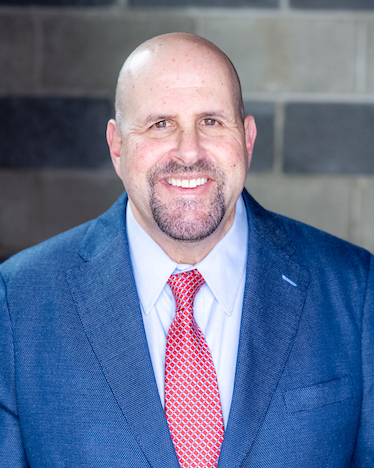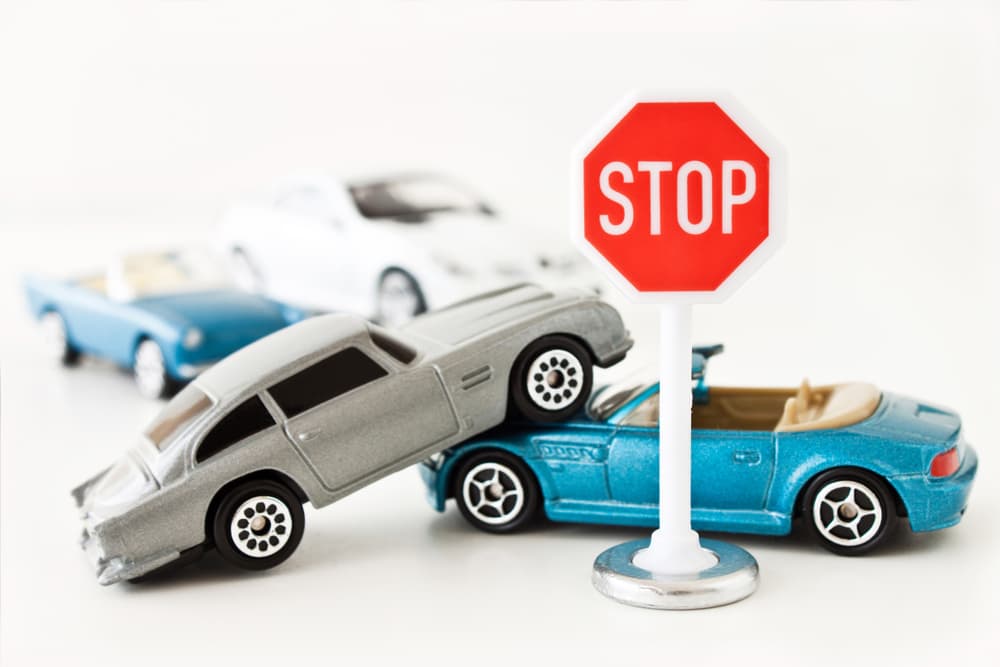Bus Accidents Can Cause Serious injuries
Tens of thousands of Chicagoans take buses every day—whether the CTA or RTA public transportation buses, school buses, private charter buses or shuttle buses.
According to the American School Bus Council, each day some 480,000 school buses transport 25 million children to and from school.
We entrust our safety to the bus drivers and the mechanical safety of buses.
Unfortunately, bus accidents happen. Buses can strikepedestrians, bicyclists, or other vehicles. Those accidents, in turn, can cause injuries to bus passengers. And passengers can hurt themselves while boarding or exiting the bus.
The sheer size of buses can pose significant safety hazards. They are big, hard to maneuver, and take longer distances to stop. The limitless causes of bus accident injuries include:
- Unsafe road conditions
- Road hazards (such as large potholes) can lead to unexpected movement and injuries
- Poor maintenance that leads to mechanical failures and collisions
- Faulty parts that cause catastrophic failures
- Driving error by either the bus driver or another third party (like a car driver)
Common Bus Accident Injuries
Although some bus accidents can result in minor injuries, all too often, bus accident victims suffer catastrophic injuries. They can follow a bus accident victim for a lifetime, even resulting in permanent disabilities, disfigurement, and death. Some bus accident injuries can include:
- Back and neck injuries: Whiplash results when a sudden force causes the head or neck to shake forward or to the side. More serious neck and back injuries can involve injuries to the discs or even spinal column, resulting in decreased motion and even paralysis.
- Extremity injuries: In a bus crash, your arms and legs may flail about in uncontrolled movements. This can result in injuries to your extremities, including cuts, bruises, torn soft tissue, and even broken or dislocated bones. The most severe extremity injuries are those that result in compound fractures or limb severing. These require immediate medical attention and can develop into lifelong, permanent injuries.
- Internal bleeding and trauma: The force of a bus crash can cause a victim to hit the abdomen or torso. This can result in significant internal injuries to the stomach, spleen, kidneys, lungs, and ribs. Internal injuries are not always immediately apparent, so seek a medical evaluation, even if you don’t think the accident hurt you.
- Traumatic brain injuries: >A traumatic brain injury (TBI) takes place when any sort of force fractures the skull or an impact to a victim’s head is so severe it results in the brain colliding forcefully inside the head. In a bus accident, this can happen if a violent motion causes you to hit your head on a window, a steering wheel, the pavement, or even the seat behind you or in front of you. This violent motion can lead to brief or much longer loss of consciousness. Mild TBIs, like concussions, usually resolve with rest and treatments. All TBIs can leave lifelong effects on people, including changes in personality, the ability to self–function, and memory loss. More serious TBIs can lead to hospitalizations and even brain swelling. In extreme cases, if left untreated, even mild TBIs can lead to death.
Serious injuries, like those listed here, inevitably lead to heavy financial burdens. Medical treatments and long-term rehabilitation is expensive. If you cannot work because of your injury, this also leads to lost wages and further financial problems.
Buses are large and powerful. As a result, when buses crash, traumatic and serious injuries can occur. If you are involved in a bus accident:
- Assess your personal health and those around you. You need to make sure you are physically okay—and if possible, check those around you. If you or someone else has suffered injuries, seek immediate medical attention. Even if you don’t appear to have sustained immediate injuries, get a checkup soon after the incident. Some injuries take hours or days to manifest.
- Don’t discuss fault with anyone. This is a common mistake that people make at accident scenes—whether victims or those at-fault. Insurance companies can use anything you say during this time against you if you later seek compensation for your injuries.
- Contact the proper authorities. This might include the local police department, or local school if a school bus was involved.
- Get as much information as possible (circumstances permitting). If you are not injured or your injuries allow, get the bus driver’s information, the bus number, route number, etc. (but don’t forgo immediate needed medical treatment). If you have a smartphone, take pictures.
- Look for witnesses. If you see bystanders, ask them for their contact information and seek permission to follow up with them. This can prove important later when the facts start to fade from memory.
- Be careful whom you talk to. Immediately after an accident, many people may want to talk to you or your family. This includes the other side’s insurance company and lawyers. Don’t talk to anyone you don’t want to or whom you think might not work in your best interests.
- Consider hiring a bus accident attorney. Talk to an experienced attorney who deals with insurance companies to protect your rights.
- Continue treatment for injuries. Continue to get proper and timely treatments for all of your injuries. Follow your recovery plan and document all of your appointments, expenses, and other losses.
Seek the Help of a Chicago Bus Accident Attorney
If you or someone you love was seriously injured in a bus accident, as a passenger or otherwise, preserve your legal rights. The bus accident attorneys at
Abels & Annes, P.C. can help guide your potential personal injury claim.
Contact us or call us today at (312) 924-7575 to discuss the details of your case.
David Abels
Partner
David Abels has carved a niche for himself in the personal injury law sector, dedicating a substantial part of his career since 1997 to representing victims of various accidents. With a law practice that spans over two decades, his expertise has been consistently recognized within the legal community.
Author's Bio



